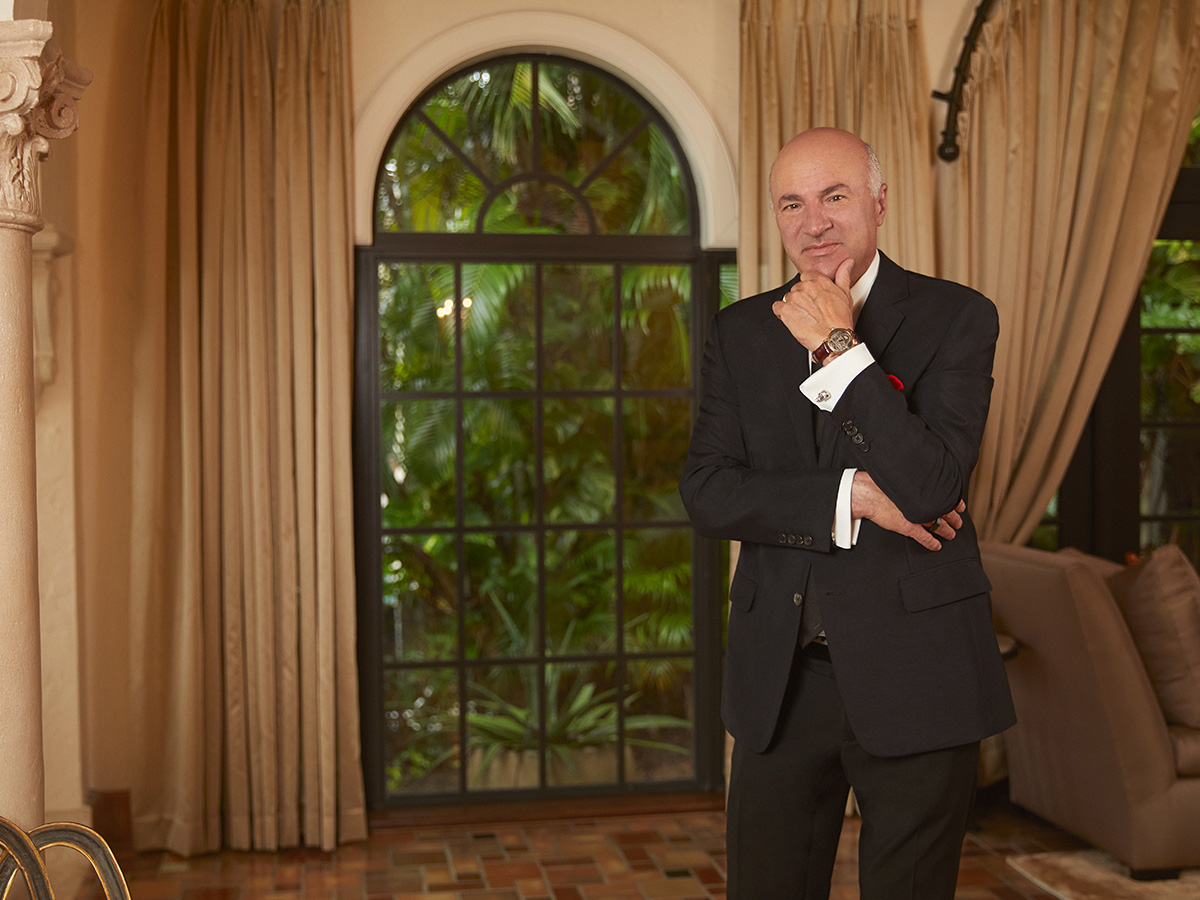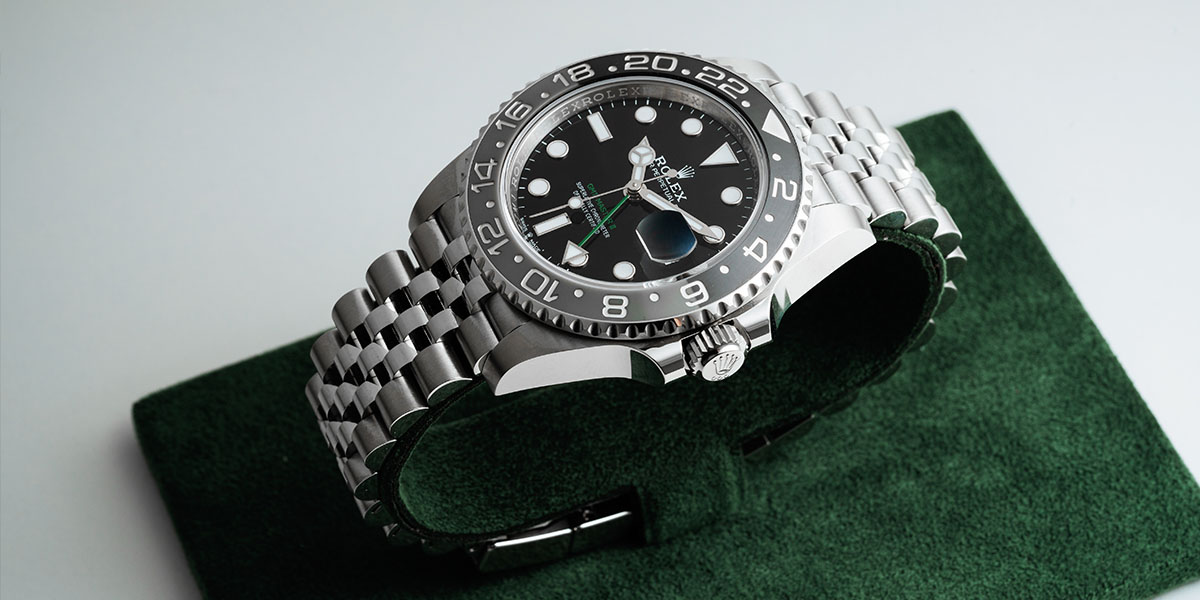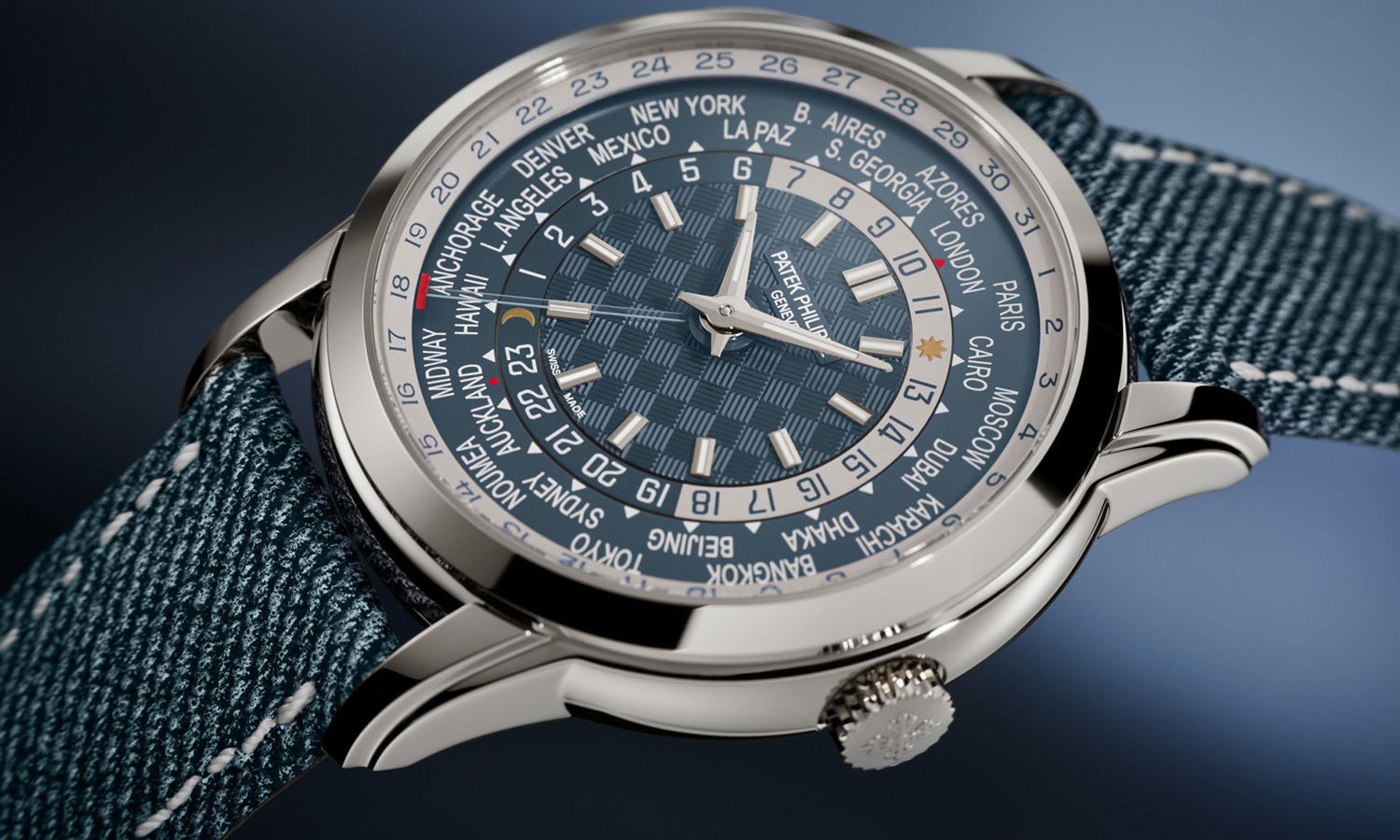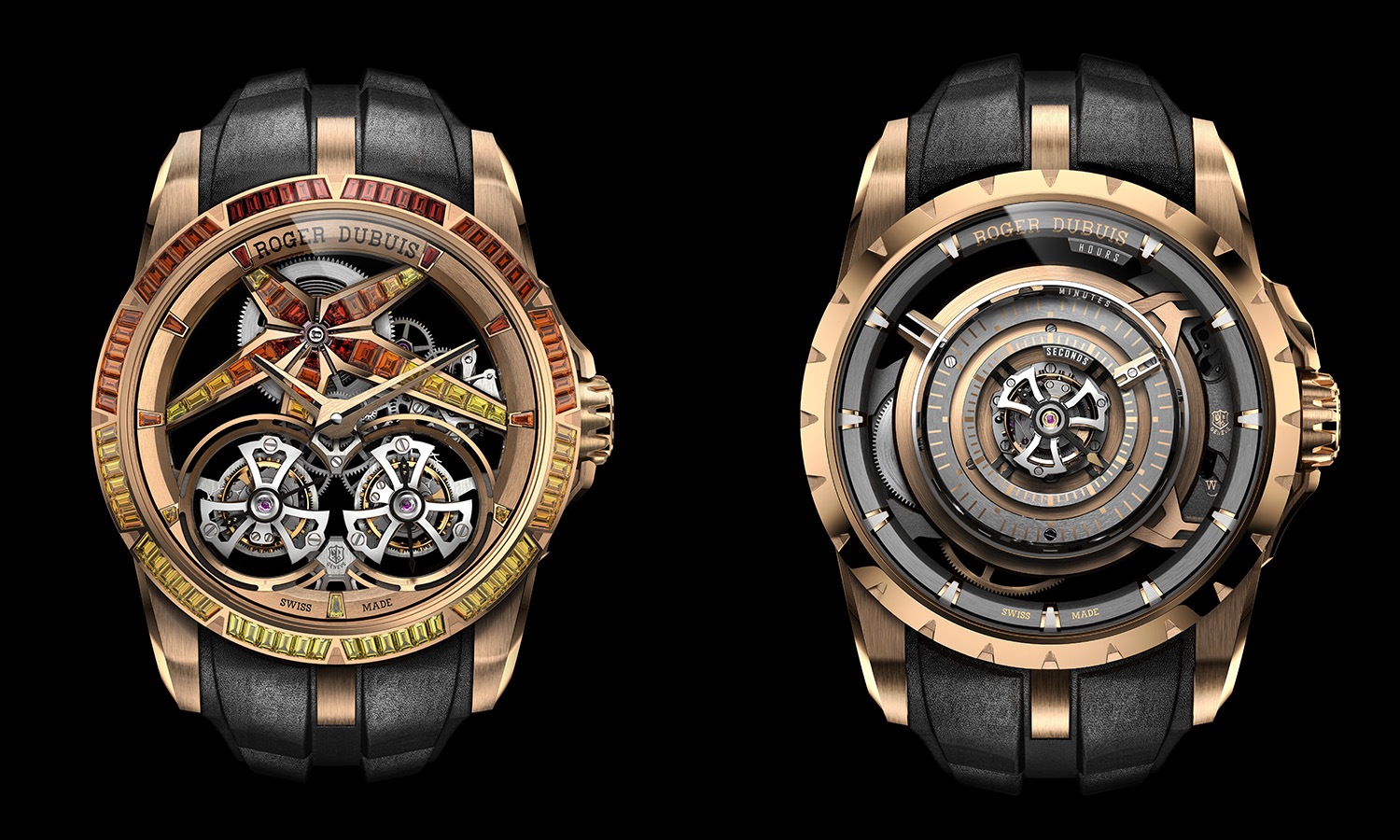
One-On-One With Christie’s UAE Watch and Jewelry Specialist Frederic Watrelot
We caught up with Frederic Watrelot, Fine Jewelry and Watch Specialist for Christie’s Dubai, to learn about the upcoming auctions in March and the growing base of watch collectors in the Middle East.
There seems to be an increasing interest in luxury watches and watching collecting in the Middle East over the last several years. In your opinion, how has the region’s market for watches changed and developed?
Clients don’t just go to the store and buy the latest model, like they used to. People are being more educated with their purchases. There is also a new generation of spenders – local Emiratis who have been educated in Europe and in the US who have different tastes from the Oriental ones they grew up with. In addition, people are increasingly being more discreet with the watches that they wear. You see a lot less of the ‘bling bling’ watches people normally associate with Dubai. They still collect them – such as a Rolex Day Date, with a stone dial and diamonds, or what you call a Stellar with a lacquered dial, they are still very popular but are now more for a collector than for someone to wear. I definitely see an increased interest in watches here. A lot of this has been helped by the social media – there are some great blogs and sites that are catering to local clientele. There also the local agents such as Seddiqi, Rivoli, Al Fardan who are really pushing the envelop to get people excited about watches.
What are the typical tastes now in the Middle East. What has changed?
There is a trend of people going to the very exclusive brands, which are super small manufactures – brands that Seddiqi represents that make only 125 watches per year. You have plenty of these minute watch companies that are becoming popular. Many of the watches from the very big groups are not as popular with the collectors. Many collectors, who already have all of the watches that you can find in the store, are looking for something different. I like to compare watches with cars. For example, you used to see a lot of golden Rolls Royce in the UAE, but if you look at all the VIPs in Dubai they are more discreet with what they drive. They don’t feel the need to flash their wealth as much anymore. Things are taming down. You see the same thing happening with watches. People are increasingly being more discreet with the watches that they wear. For instance, people don’t have a problem buying a vintage Ferrari or a Porsche 1911. It’s the same thing for the Rolex, if you find a beautiful Rolex Mariner in superb condition, it is actually more fashionable now than buying the latest one that everyone can buy in the store.Platinum is still very strong as are complicated watches and stainless steel as well. I am referring to a man, of course. But for women, as long as there are diamonds on it then it sells well!
How would you differentiate the jewelry market in the Middle East from that in other regions?
The Middle Eastern clientele is certainly different from that found in other regions. Women in the Middle East are simply not that fond of second-hand jewelry. There’s a strong fashion element in buying jewelry in the Middle East. Women, if they find some heavy 1980s yellow gold, they may not be ready to wear, even if it is a renowned vintage piece. When it come to jewelry, it is more about wearing the look of the moment than something that has a history.
What is working very well are the private sales for local and Middle Eastern women. Also, if someone would like to request a particular diamond or if there is an item that they are looking at in particular, then we can help you source it.
How would you advise a watch collector who is starting out?
Buy what you like and buy from a good source. Make sure you get good advice if you don’t know what you are looking for. The internet is great way to study various models, especially through various blogs. I learned a lot from the latter and from people who are passionate about one certain model. We have one little IWC watch that is from the eighties, no one has ever worn it, and I didn’t know what the movement was inside and I didn’t want to open it myself, so I just went on a blog and found information on every possible detail from the movement and the references. If they are going to buy a vintage watch, it is always safe to go to the big brands such as the Rolex and the Patek.
How would you advise an established art collector?
Again Patek and Rolex are the strongest brands; Panerai is coming along well as is Lange A. Söhne, which is also doing very well at auction. We have very vintage Panerai going in the next auction at a high price. There seems to be a strong trend going for ladies vintage Piaget from the seventies and eighties. People don’t really wear them that much – it takes a lot of guts to wear something that is not that ‘in style’ – but the trend is really coming along. Piaget has great dials – there’s some magnificent ones with lapis lazuli. If the watch has pretty good integrity, meaning it hasn’t been tampered with, then there’s not a big risk in making a good purchase and investment. When buying a second-hand watch, you really want to buy a collector’s watch. And you need to buy what you like more than purchasing for an investment, but you might get lucky. In terms of investment, there are more chances you’ll get lucky with the vintage watch then with a newer one. But whatever you choose, you must buy what you find appealing.
Christie’s Dubai Fine Watch and Jewelry Sale will take place on 20 March at Jumeirah Emirates Towers. For more information visit www.christies.com.
 SIGN UP
SIGN UP














